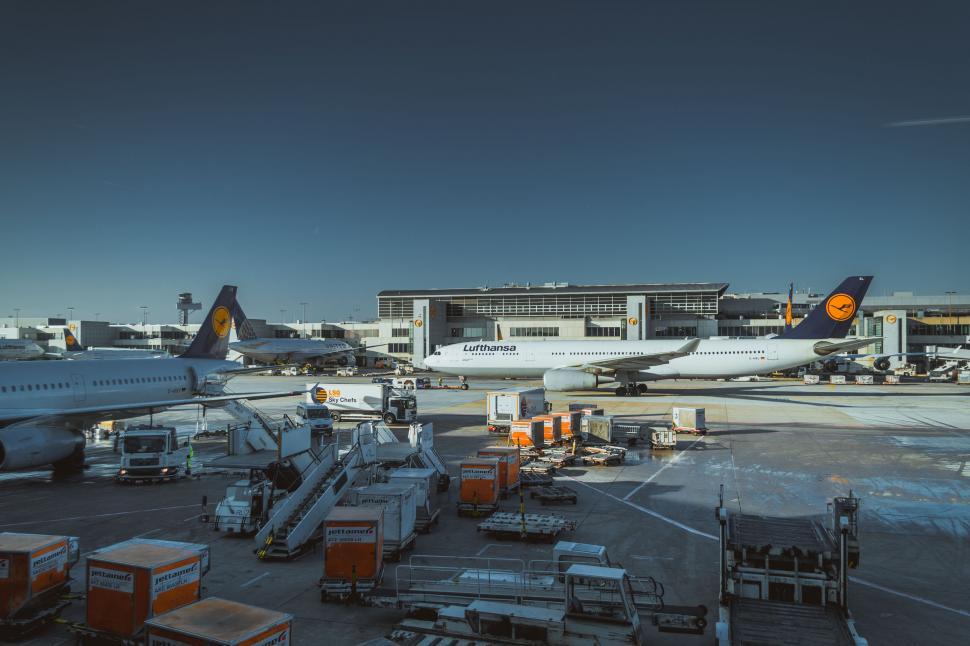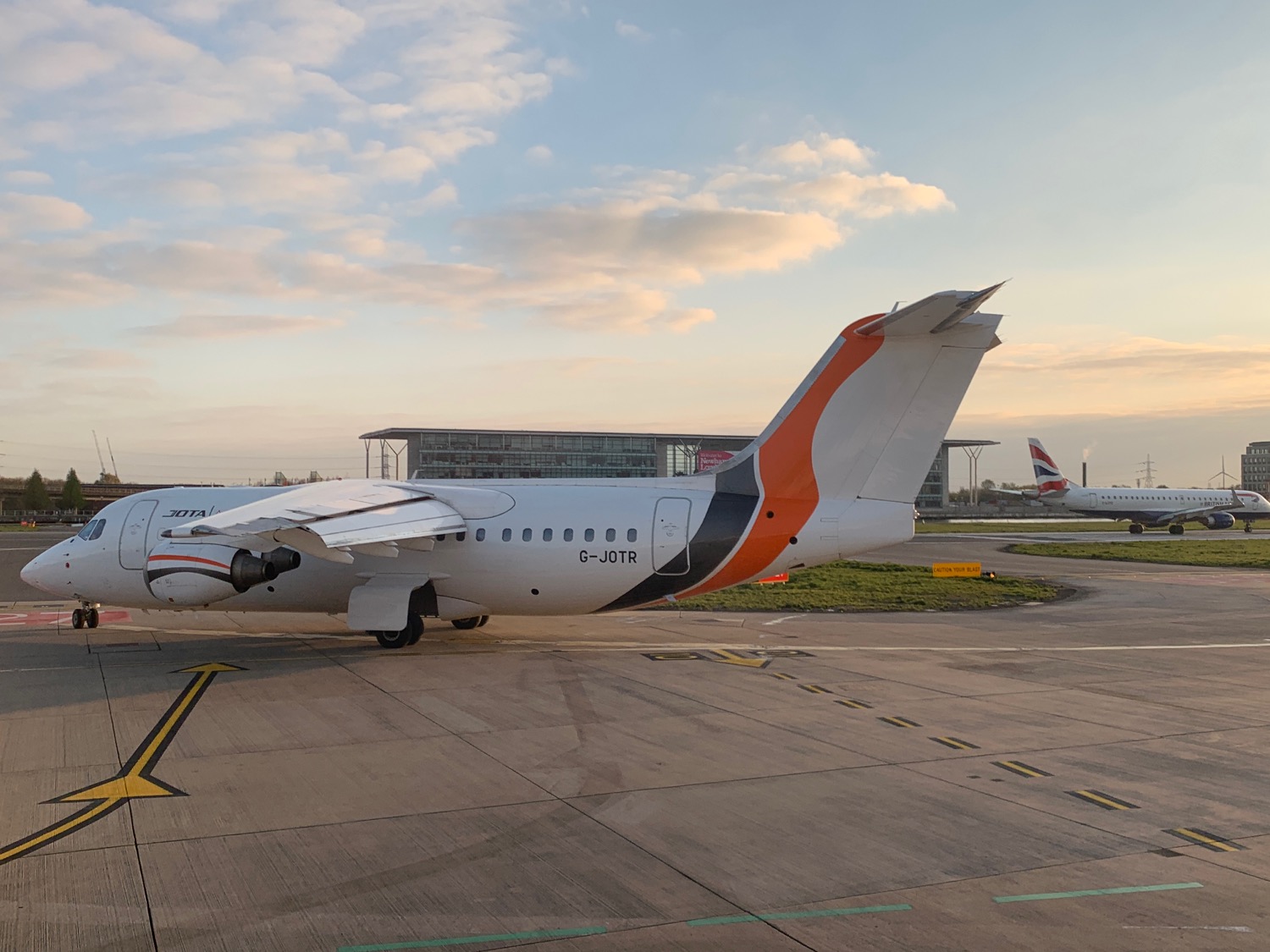
The Smart Airport Revolution
Intelligent airports utilize cutting-edge digital frameworks, AI-powered technologies, and data analysis to enhance every facet of the traveler experience — from check-in to boarding. Here’s how:
- Contactless Check-In and Biometric Boarding
One of the most noticeable changes is the implementation of biometric technology for identity verification. The use of facial recognition at check-in, security, and boarding gates accelerates the process and minimizes human interaction — a trend that has gained traction following the pandemic.
- IoT & Sensor Networks
Airports are implementing IoT-enabled devices and sensors to monitor passenger movement, baggage, and asset positions in real-time. These intelligent sensors assist airport officials in pinpointing areas of congestion and dynamically rerouting traffic — thereby enhancing crowd control and boosting overall safety.
- AI-Powered Operations
Artificial intelligence is assisting airports in predicting demand, enhancing resource distribution, and even anticipating maintenance problems. AI-powered chatbots are also utilized for round-the-clock customer support, providing immediate responses to inquiries and boosting passenger satisfaction.
- Smart Baggage Handling
Conventional baggage handling often encounters mistakes. Modern airports are integrating RFID tracking and robotic systems to guarantee accurate luggage movement. Travelers can monitor their bags in real-time via mobile applications, which helps to alleviate stress and minimize delays.
- Data-Driven Decision Making
With thousands of data points produced every minute, real-time dashboards and predictive analytics empower airport personnel to make well-informed decisions. These insights enhance efficiency and responsiveness, covering aspects from gate allocation to runway utilization.
Solutions Making the Difference
While the journey towards smart airports is technology-driven, the true transformation lies in deploying these technologies strategically. Here’s how the right solutions are empowering airports:
- Integrated Airport Management Systems (AIMS): These platforms centralize data from multiple airport functions (security, operations, passenger services), allowing holistic control and faster response times.
- Digital Twins for Simulation: Some airports are now developing digital twins — virtual replicas of their physical operations — to simulate crowd flow, test emergency response scenarios, and plan expansions more effectively.
- Mobile Apps with Real-Time Updates: Custom mobile applications enhance the passenger experience by offering latest flight information updates, gate alerts, baggage tracking, e-boarding passes, and terminal navigation (wayfinding) in one place.
- Asset Tracking & Monitoring solution: For airport owners, it enables real-time monitoring of critical assets such as trolleys, wheelchairs, ground support equipment, and maintenance tools, reducing loss, optimizing asset utilization, and cutting operational costs. For passengers, it ensures faster service delivery, reduced waiting times, and improved availability of amenities like baggage carts and mobility assistance, leading to a smoother, more seamless travel experience across the airport.
- Cloud-Based Infrastructure: Migrating core systems to the cloud helps airports ensure scalability, cost-effectiveness, and disaster recovery readiness.
Conclusion
As airports continue to embrace smart technologies, the focus remains on delivering a frictionless, secure, and efficient travel experience. From the moment a traveler steps into the terminal to the time they board the aircraft, every touchpoint is being reimagined with innovation at its core. The future of air travel is not just about flying — it’s about how intelligently and smoothly the journey unfolds on the ground. And airports that invest wisely in smart infrastructure today will set the gold standard for tomorrow. At CorePeelers, we are at the forefront of this evolution bringing deep integration expertise and passenger first-innovation to airport ecosystem worldwide.


